Beanie Hat Size Guide: How to Find the Perfect Fit
Beanie hats are a popular accessory for both men and women, providing warmth and style during the colder months. However, finding the right size can be challenging, especially when shopping online. For example, a beanie that is too tight can cause discomfort, while one that is too loose may not provide adequate warmth.


To determine the correct size for a beanie hat, it is important to measure the circumference of the head. The average adult head circumference falls between 53 and 58 centimeters, but it is important to note that head sizes can vary greatly. Therefore, measuring the head at the widest point, just above the eyebrows and ears, is recommended to ensure an accurate fit. With this measurement, individuals can refer to a beanie hat size chart to find the appropriate size.
While some beanie hats come in a one-size-fits-all option, it is important to note that this may not be the best choice for everyone. A beanie that is too small can cause discomfort, while one that is too large may not provide adequate warmth. It is recommended to choose a beanie hat that is designed to fit the specific head circumference of the wearer, or to opt for a beanie hat with adjustable sizing features.
Why Beanie Hat Size Matters
Finding the right beanie hat size is crucial for both comfort and style. Wearing a hat that is too small or too big can be uncomfortable and unflattering. Here are a few reasons why beanie hat size matters:
Comfort
Wearing a too tight beanie can cause discomfort and headaches, while a beanie that is too loose can fall off or slide around. However, finding the right size ensures a comfortable fit that stays in place.
Warmth
A beanie that is too small may not cover the ears, leaving them exposed to the cold. A beanie that is too big may not fit snugly enough to keep warmth in. Choosing the right size ensures maximum warmth and protection from the elements.
Style
The right size beanie can enhance your style and complement your outfit. A too-small or too-big beanie can detract from your overall look. Finding the right size ensures a flattering fit that adds to your style.
Sizing
Beanie hat sizes can vary depending on the brand and style. Measuring your head circumference is important to determine the best size for you, here are some general sizing guidelines:
| Size | Head Circumference (inches) |
| Newborn | 14-15 |
| Child | 16-18 |
| Teen | 19-20 |
| Small Adult | 21-22 |
| Large Adult | 23-24 |
It’s important to note that head size can vary and these measurements are just a general guide. When in doubt, it’s always best to try on different sizes to find the perfect fit.
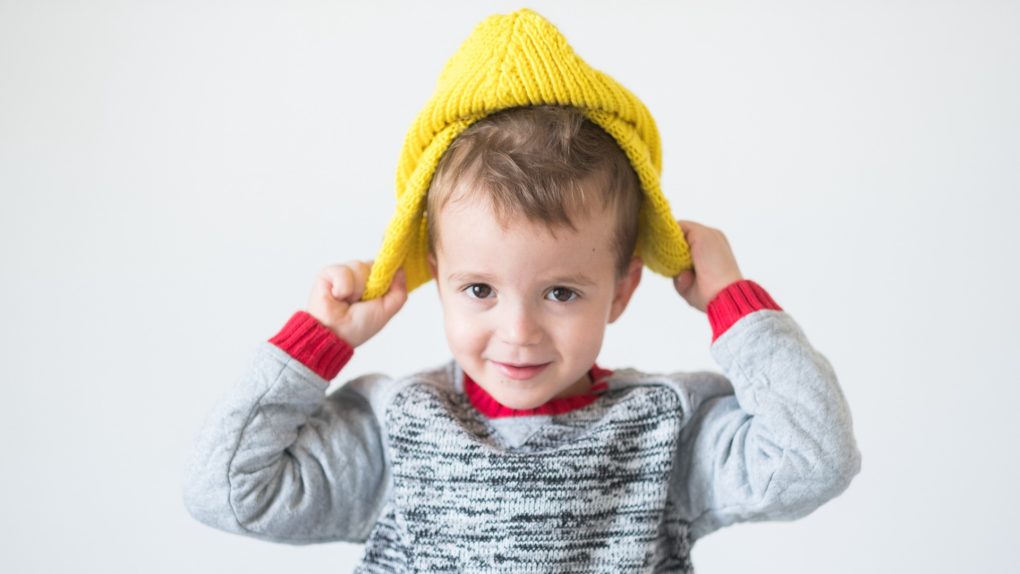

In conclusion, finding the right beanie hat size is important for comfort, warmth, and style. You can ensure a comfortable and flattering fit by measuring your head circumference and using sizing guidelines.
How to Measure Your Head for a Beanie Hat
When finding the perfect beanie hat, the first step is to measure your head to determine your hat size. Here are some steps to follow:
- Use a flexible measuring tape or a piece of string to measure the circumference of your head. Make sure that the tape or string is positioned mid-forehead, just above your eyebrows and ears, and around the widest part of the back of your head.
- Once you have your measurement, check a hat size chart to determine your hat size. Most charts will have measurements in both inches and centimeters, so make sure to convert your measurement if necessary.
- If you are between sizes, it is recommended to size up for a more comfortable fit.
It is important to note that some beanie hats come in a one-size-fits-all design, so checking the product description before purchasing is always a good idea. Additionally, some hats may have a stretchy or adjustable fit, accommodating a range of head sizes.
In summary, measuring your head to determine your hat size is crucial in finding the perfect beanie hat. By following these simple steps, you can ensure a comfortable and snug fit for your head.
Understanding Beanie Hat Sizing
When it comes to buying a beanie hat, it is important to understand the different sizing options available. This section will provide an overview of the most common beanie hat sizes and how to determine which size is right for you.
Hat Sizes
Beanie hats typically come in various sizes, including one size fits all, fitted sizes (such as S/M, M/L, and XL), and UK sizes. It is important to note that different brands and retailers may have their sizing charts, so it is always best to check the specific measurements before purchasing.
One Size Beanie Hats
One size fits all beanie hats are designed to stretch to fit most head sizes. While this option can be convenient, it may not be the best choice for those with larger or smaller heads.
Fitted Beanie Hats
Fitted beanie hats come in specific sizes, such as S/M, M/L, and XL. These options provide a more precise fit, but it is important to measure your head circumference before making a purchase.
UK Sizes
If you are purchasing a beanie hat in the UK, it is important to understand the sizing options. UK sizes typically range from 6 ⅞ to 8, with 6 ⅞ being the smallest and 8 being the largest.
ASOS and Own Buy Sizes
ASOS and other retailers may have their sizing options for beanie hats. Therefore, it is important to check the retailer’s specific measurements to ensure the best fit.
Understanding beanie hat sizing can help you find the perfect fit for your head. Whether you prefer a one size fits all option or a more precise fitted size, measuring your head circumference and checking the sizing chart can ensure a comfortable and stylish fit.
Different Beanie Hat Styles
Beanie hats come in various styles that cater to different preferences and outfits. Here are some of the most common beanie hat styles:
Cuffless Beanie
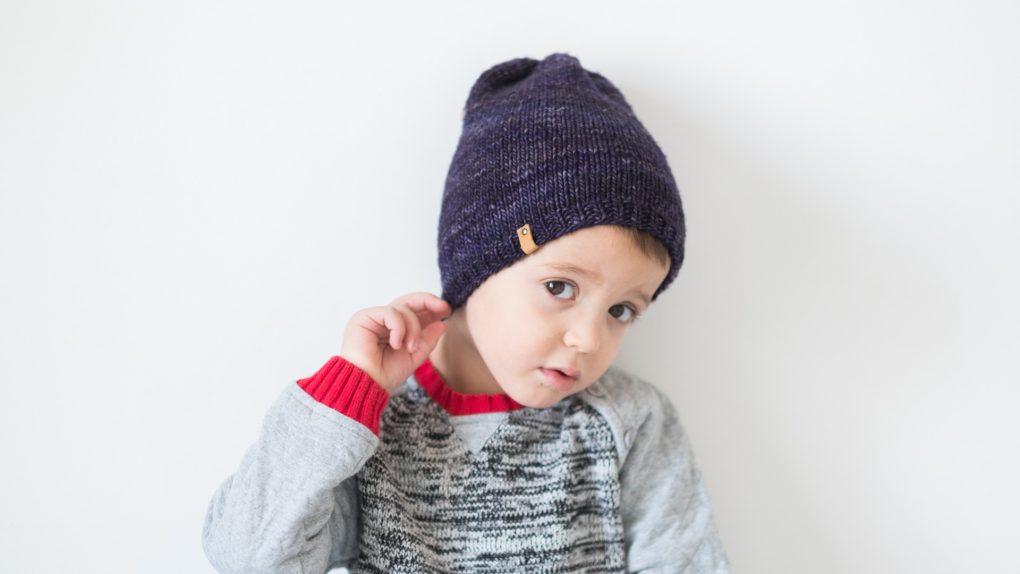

The cuffless beanie is the most common type of beanie hat that you’ll find in clothing retailers. These beanies have a finished edge and are not made to be folded or rolled. The edge of a cuffless beanie will typically reach the upper forehead area. Cuffless beanies are versatile and can be worn with any outfit.
Cuffed Beanie
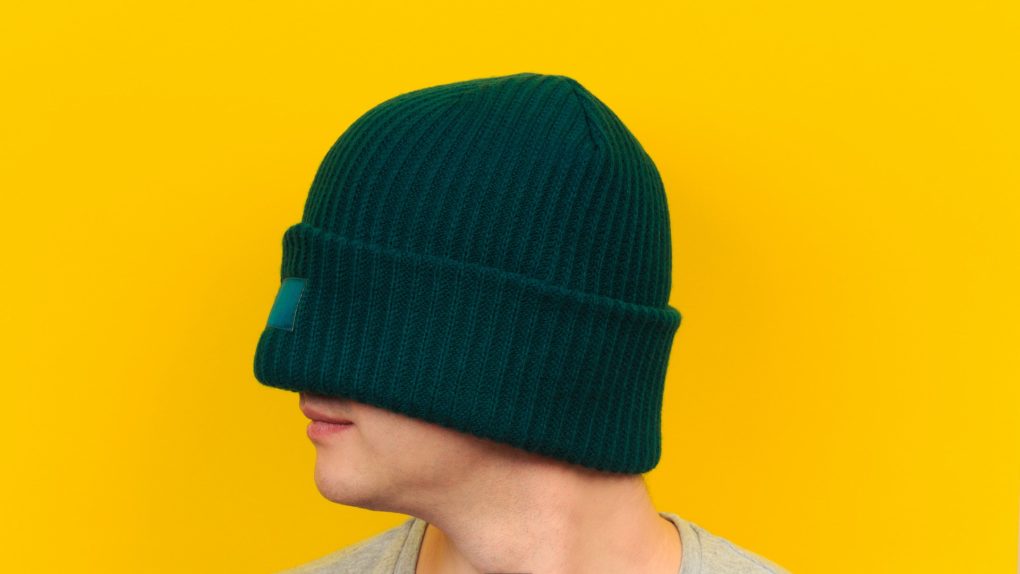

Cuffed beanies have a folded-up cuff that adds an extra layer of warmth around the ears. These beanies are perfect for colder temperatures and are often made with thicker materials. Cuffed beanies come in various styles and can be worn with casual or formal outfits.
Pom-Pom Beanie


Pom-pom beanies have a fluffy ball attached to the top of the hat. These beanies are playful and add a fun element to any outfit. Pom-pom beanies come in various sizes and styles, and the pom-pom can be made from different materials such as fur or yarn.
Slouchy Beanie
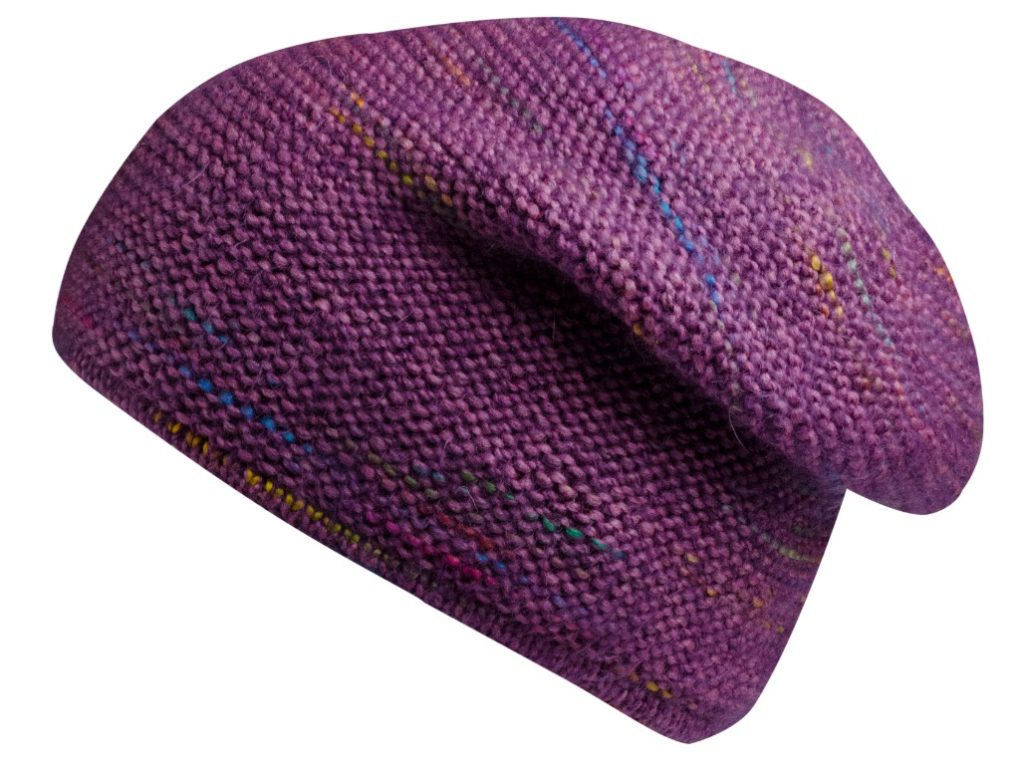

Slouchy beanies are loose-fitting and have extra fabric that creates a slouchy effect on the back of the hat. These beanies are perfect for a casual, laid-back look and can be worn with any outfit. Slouchy beanies come in various sizes and styles, and the amount of slouch can vary.
Brimmed Beanie


Brimmed beanies have a small brim that adds a stylish touch to the hat. These beanies are perfect for a casual, street-style look and can be worn with any outfit. Brimmed beanies come in various sizes and styles, and the brim can be made from different materials such as leather or fabric.
Earflap Beanie


Earflap beanies have extra fabric that covers the ears and can be tied or buttoned under the chin. These beanies are perfect for colder temperatures and provide extra warmth around the ears. Earflap beanies come in various sizes and styles, and the earflaps can be made from different materials such as fur or fleece.
When choosing a beanie hat style, consider the outfit and the occasion. Beanie hats come in various sizes, so make sure to measure the head circumference to ensure the hat fits properly.
Beanie Hat Materials and Construction
When making a beanie hat, choosing materials is an important consideration. The most common materials used for making beanie hats are wool, acrylic, and cotton. Wool is popular due to its warmth and durability, while acrylic is often preferred for its affordability and easy care. Conversely, cotton is a lightweight and breathable option that is great for warmer weather.
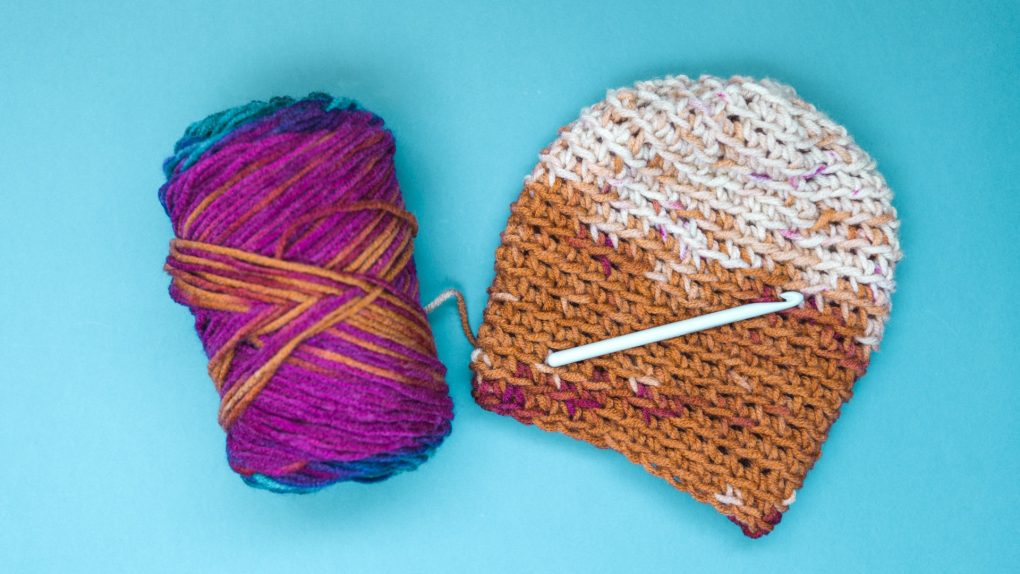

The construction of the beanie hat also plays a crucial role in its fit and comfort. Beanie hats can be made using either crochet or knit techniques, with each method producing a different texture and appearance. Crochet beanie hats have a more textured and chunky look, while knit ones have a smoother and more uniform appearance.
One common construction technique for beanie hats is the top-down approach, where the hat is worked in rounds from the top of the crown down to the brim. This method allows for easy customization of the hat size and shape, as increasing or decreasing the number of stitches can adjust the hat’s circumference. Another important aspect of construction is ensuring that increases are made evenly to avoid any lumps or bumps in the finished hat.
For those looking to create their own beanie pattern, many resources are available online, including printable versions of beanie hat size charts and patterns. Whether crocheting or knitting, the key is to find a pattern and materials that suit your style and needs.
The choice of materials and construction techniques used for beanie hats can greatly impact the final product. However, considering factors such as the type of yarn, construction method, and evenness of increases, one can create a comfortable and stylish beanie hat that is perfect for any occasion.
Conclusion
In conclusion, finding the perfect beanie hat size can be challenging but essential for comfort and style. Therefore, it is important to measure your head circumference accurately and consult a hat sizing chart to determine the right size.
Adjustable caps can be a great option for those unsure of their exact size or want a more customizable fit. Brands from different countries may use different sizing, so checking the sizing information before purchasing a hat is important.
The height of a beanie can also affect the fit and style. Some people prefer a slouchy beanie, while others prefer a more fitted look. Therefore, it is important to consider the hat height when selecting a beanie.
For those with preemie babies, a printable hat sizing chart can be a helpful resource to ensure a proper fit for their little one’s head.
Overall, with the right measurements and knowledge of hat sizing, anyone can find the perfect beanie hat to keep them warm and stylish during the colder months.
